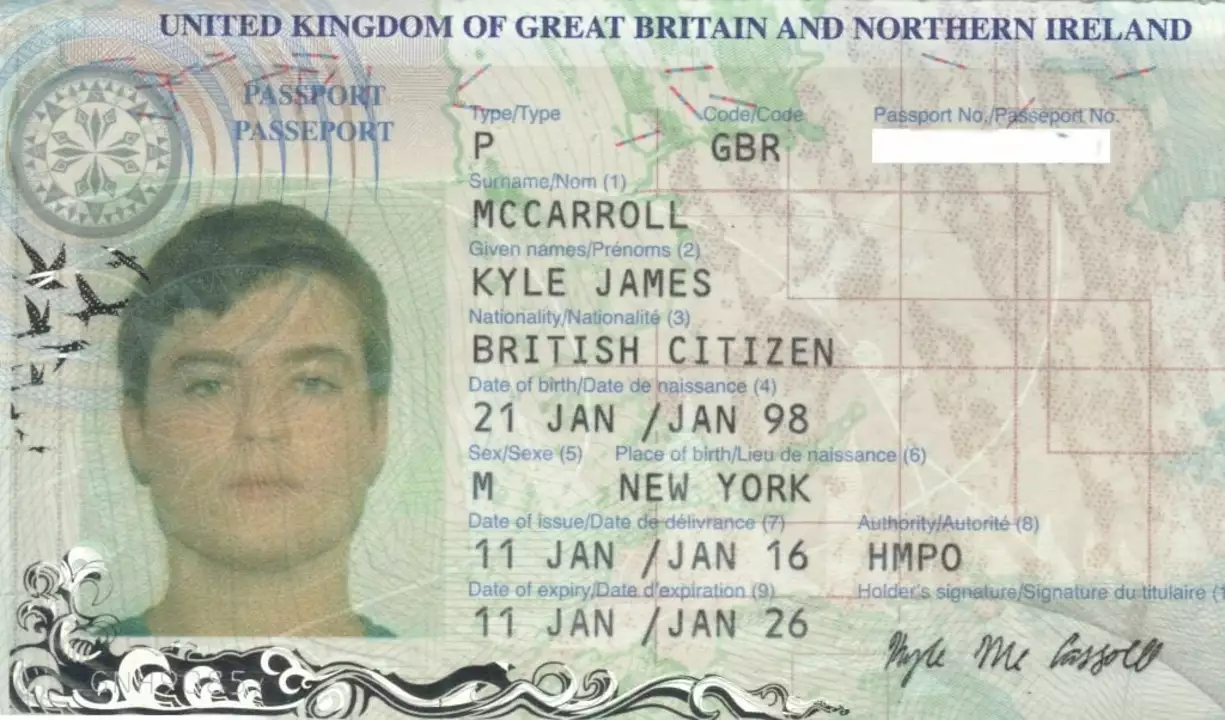Process: Simple Steps to Get Things Done
Ever felt stuck because you didn’t know the next move? A solid process can turn that confusion into a clear path. Whether you’re planning a breakfast, launching a new app, or just trying to settle a disagreement, breaking things into bite‑size steps works every time.
Why a Good Process Matters
When you follow a process, you remove guesswork. It saves time because you don’t waste energy deciding what to do next. It also cuts mistakes – each step checks a piece of the puzzle before you move forward. Think about making idlis: you soak rice, grind it, ferment it, then steam. Skipping any stage ruins the texture. The same idea applies to bigger projects like setting up a home office or writing a blog post.
A well‑structured process also makes it easier to teach others. You can hand over a checklist and watch the task get done without constant supervision. That’s why businesses love standard operating procedures and why coaches talk about “the process” as a core part of success.
Creating Your Own Easy Process
Start with the end goal in mind. Write down the result you want – for example, “publish a 500‑word article by 5 pm.” Then ask, “What must happen before that?” List each prerequisite in the order it needs to happen. Keep the list short; if you have more than seven items, group similar steps together.
Next, add a time cue to each step. Instead of “research topic,” try “spend 15 minutes gathering three sources.” A timer keeps you honest and prevents the rabbit‑hole effect. When you finish a step, tick it off. The visual cue of a checkmark signals progress and motivates you to keep going.
Finally, review and tweak. After you finish the task, ask yourself what worked and what didn’t. Maybe you spent too long on editing and rushed the intro. Adjust the time allocation and try again next time. Over a few cycles, your process becomes a smooth, reliable routine.
Here’s a quick template you can copy for any task:
- Goal: Define the final outcome.
- Steps: List actions in logical order.
- Time: Assign a realistic duration to each step.
- Check: Mark off completed steps.
- Review: Note improvements for next round.
Use this template for cooking, studying, or even handling a tricky conversation. The more you practice, the faster the process becomes second nature.
Remember, a process isn’t a rigid rulebook; it’s a flexible guide that adapts as you learn. Start small, stay consistent, and watch how quickly you turn chaos into clarity.
Is it easy to change the Place of Birth in my Indian Passport?
Changing the place of birth in an Indian passport may not be as easy as it seems. It usually requires providing substantial evidence in the form of documents to prove the actual place of birth. This often involves obtaining a court order declaring the correct place of birth. The process can be time-consuming, as it involves various authorities and legal procedures. Overall, while it's not impossible, changing the place of birth in an Indian passport can be quite a challenging task.
